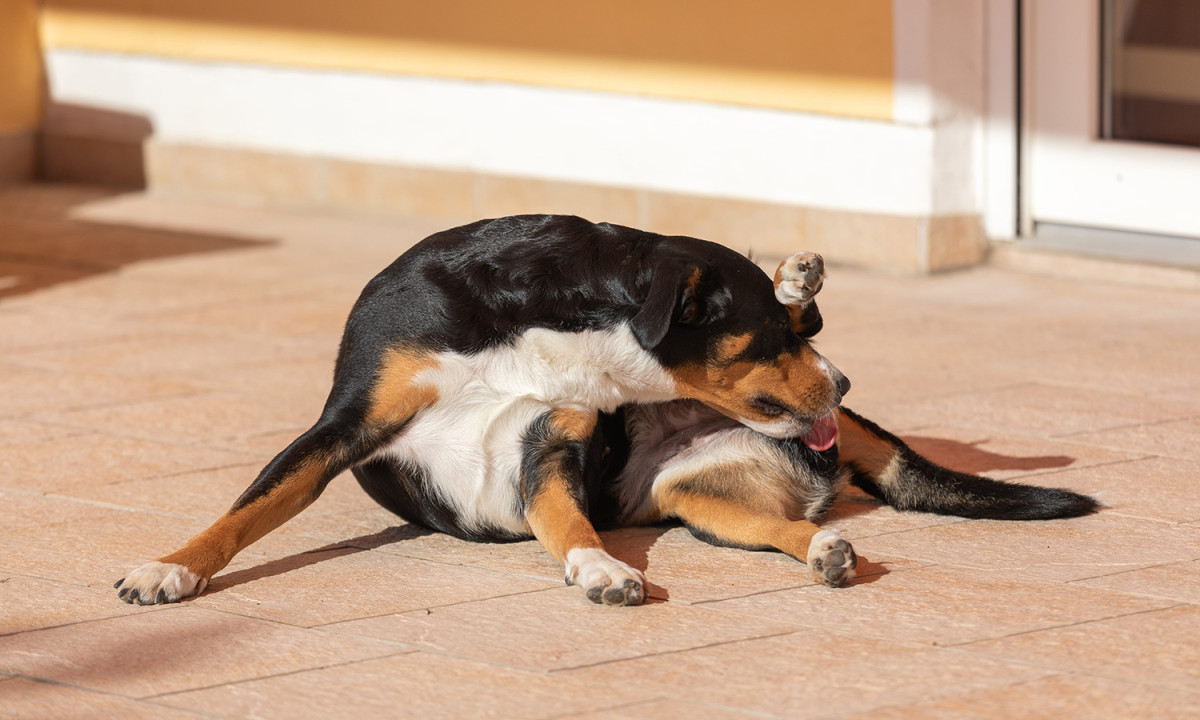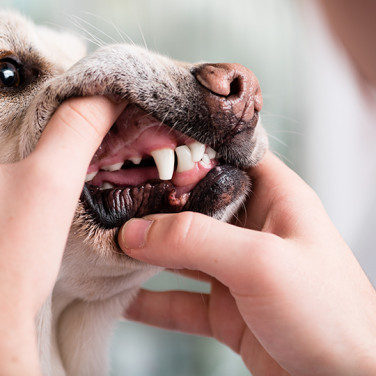SYMPTOMS
Scooting in Dogs – Causes and Treatments
페이지 정보
본문

Overview
Scooting is a common dog behavior that indicates discomfort relating to the anus region of the body. This behavior can be caused by allergens or irritation, but scooting is often associated with an anal sac issue. Generally, a dog’s anal sacs should empty during bowel movements, but that is not always the case. Anal sacs can sometimes malfunction, and the fluid it holds can build up, causing the dog to experience pain, itchiness, irritation, and inflammation, and may even develop into an infection.
Why Is My Dog Scooting?
Dogs exhibit this behavior to relieve discomfort or irritation in their anus region. The leading cause for scooting is anal gland problems, such as anal sac impaction, sacculitis, presence of a tumor, perianal fistula, etc. It is also more common in small dog breeds like Chihuahuas, miniature poodles, and Shih Tzus.
Besides anal sac issues, the following are also known to cause scooting behavior in dogs:
- Allergies
- General irritation after cosmetic surgery, grooming, or reaction to a grooming product
- Trauma to the back end
- Certain diets can cause a dog’s anal sac to not function properly due to the lack of fiber.
- Intestinal parasites, such as tapeworms, roundworms, and hookworms
- Digestive issues such as frequent constipation or diarrhea
What Are Other Symptoms That Accompany Scooting in Dogs?
While it will be evident that your dog is scooting if you catch it in the act.
There are subtler signs of scooting in dogs that you may want to look out for:
- Tries to bite or lick around its anus
- A foul fishy odor near the anus region
- A bad smell or fluid on rugs, carpets, couches, etc.
- Redness and swelling around the anus region
- Presence of rice-like worms or parasites
- Matted hair around the anus region
- A hot spot can sometimes be felt around its back
- Frequent constipation
- Unwillingness to sit
- Show signs of pain when defecating or when you touch its back
- Presence of blood around the anus region
When Should I Take My Dog to the Vet for Scooting?
It may be safe to ignore the first few times if the behavior appears infrequently. However, it is always a good idea to check with a veterinarian to determine whether the cause of the behavior is due to full anal glands or something potentially more serious. The prognosis for the latter may worsen if ignored for too long. If symptoms persist, you should consult a veterinarian to determine the cause.
Home Treatment for Dog Scooting Behavior
Home remedies for scooting vary depending on the cause. If anal sacs appear to be full or enlarged, a warm compress can help soothe the discomfort. If scooting appears after grooming, gently pat a warm compress on the anal glands to help relieve symptoms. Replacing any grooming products that may be causing an allergic reaction to a hypoallergenic product, such as an oatmeal-based or organic product, can help. Changing feed to a diet rich in fiber may be necessary, or adding canned pumpkin or Glandex may help the anal sacs function more efficiently. Any presence of blood needs to be addressed by a veterinarian.
How is Scooting in Dogs Diagnosed?
Diagnosing the cause of scooting behavior is fairly straightforward in dogs.
- A general physical and rectal examination will confirm the skin's condition in the anus region.
- A stool test can check for infections or the presence of parasites.
- Blood tests, skin allergy tests, a biopsy, and imaging tests, such as X-rays, ultrasounds, and CT scans, may be performed depending on the suspected conditions to determine the cause accurately.
How is Scooting Behavior Treated in Dogs?
Treatment will vary depending on the diagnosis and your veterinarian’s judgment.
-
Anal gland expression
If anal sac impaction is confirmed during diagnosis, a veterinarian will perform anal gland expression to release the fluid built up. This process is performed by carefully applying pressure to both sides of the anal opening on the outside until all the material comes out of the sacs. This process typically takes 24 hours for the dog’s discomfort to subside completely after extrusion.
-
Medication
- A veterinarian may prescribe anti-inflammatory drugs to reduce swelling in the anus region.
- Oral antibiotics or ointments are prescribed along with pain medication for cases of infection. In the case of a parasitic infection, depending on the type of parasite, a prescription such as praziquantel may also be prescribed.
- A veterinarian can prescribe oral medications such as steroids, antihistamines, and antibiotics for skin allergies.
- A veterinarian can use immunosuppressive drugs such as cyclosporine, azathioprine, tacrolimus, or steroids for perianal fistula accompanied by stool softeners and a hypoallergenic diet.
-
Surgery
A dog may require surgical removal if tumors are detected, accompanied by radiation therapy or chemotherapy under certain conditions.
How to Prevent Your Dog from Scooting
Even after treatment, scooting may reoccur, so the following are a few ways you can help reduce the likeliness of symptoms returning. Periodic (once or twice a month) anal gland expression can be helpful, but if it becomes a chronic issue, anal gland removal may be suggested by your veterinarian. A fiber-rich diet can help the body drain fluid from the anal sac more efficiently. Adding plain canned pumpkin to a dog’s diet is a great option for adding more fiber. Pay extra attention to food allergies and allergic reactions to certain grooming products. Lastly, do not miss any parasite preventive medications to prevent any chance of tapeworm infection.
How to express your dog’s anal glands
- With gloves on, place your thumb and forefinger at 5 and 8 o’clock on your pet’s anus region
- Apply even force from the outer edge towards the anus to drain the anal sac fluid
- The anal sac fluid will appear yellow to black in color
- Afterward, wash or wipe the area around the anus cleanly
Check Scooting Symptom with the Buddydoc Symptom Checker!

If it is difficult to accurately determine the severity of the symptom, you can use the Buddydoc symptom checker to help you! The self-symptom checker service will ask questions about your pet’s symptoms and can take anywhere from 2-5 minutes to receive a pet triage result. Each answer you provide has a triage value and is calculated in the end result page to help you make a better decision for your pet’s health. The result page provides a level of risk to your pet’s health, veterinarian advice, possible diagnoses, and recommended examinations when visiting the hospital.













